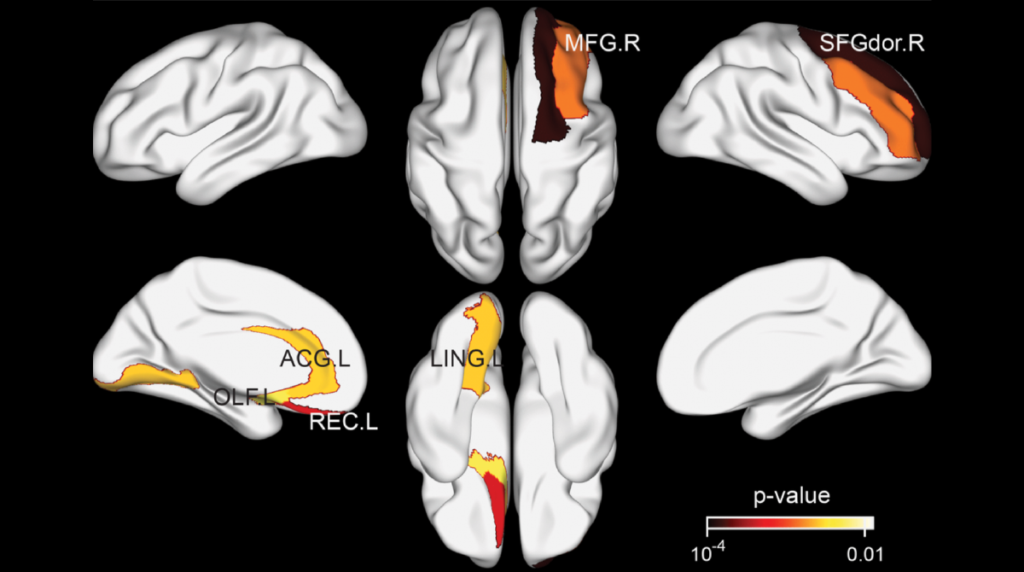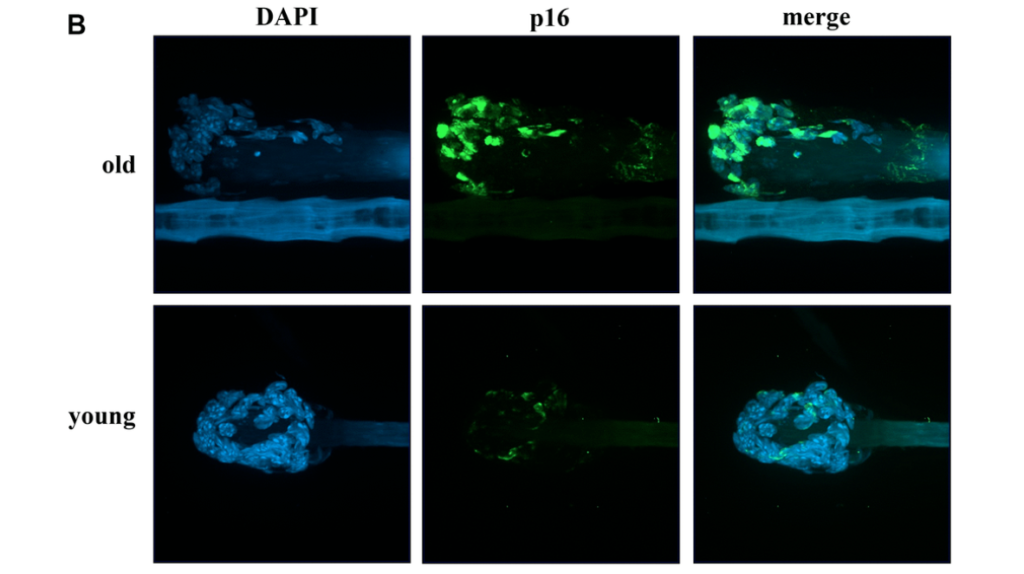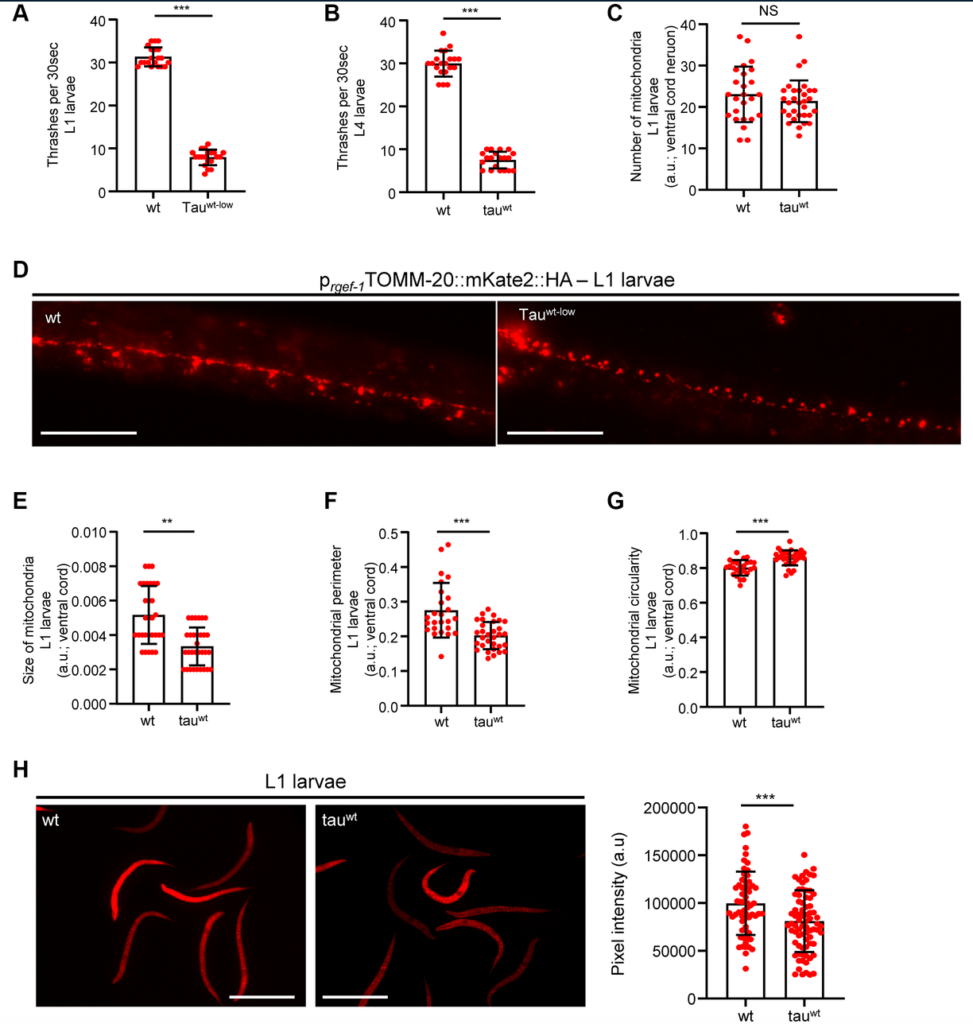Researchers investigated epigenetic and brain aging markers in middle-age for their potential to predict cognitive decline.

The Trending With Impact series highlights Aging (Aging-US) publications that attract higher visibility among readers around the world online, in the news, and on social media—beyond normal readership levels. Look for future science news about the latest trending publications here, and at Aging-US.com.
—
Aging seems nearly synonymous with brewing cognitive decline, but does it have to be? There are interventions that may help preserve cognitive function with age, however, the first order of business is identifying early biological aging markers that present before symptoms begin emerging. Mid-life biomarkers that can indicate accelerated aging and predict age-related cognitive decline (including Alzheimer’s disease and dementia) may provide humans with enough time to course-correct and improve our quality of life in old age.
The latest to endeavor in search of these early aging markers are researchers from Northwestern University Feinberg School of Medicine, University of Texas Health Science Center at San Antonio, University of Pennsylvania, Boston University School of Medicine, National Institute on Aging from the National Institutes of Health, University of Minnesota, Columbia University Mailman School of Public Health, Kaiser Permanente Division of Research, University of Texas at Austin, University of California San Francisco, and the San Francisco Veterans Affairs Medical Center. Their new research study was published in Aging (Aging-US) as the cover paper in Volume 14, Issue 4, on February 27, 2022. The paper is entitled, “Mid-life epigenetic age, neuroimaging brain age, and cognitive function: coronary artery risk development in young adults (CARDIA) study.”
The Study
In this study, the researchers looked at the associations between cognitive function, epigenetic age and age acceleration measures (using DNA methylation), and brain imaging data in a biracial cohort involving 1,676 healthy human participants. These participants were derived from the Coronary Artery Risk Development in Young Adults (CARDIA) study. The CARDIA study began in 1985 with the aim of tracking changes in cardiovascular disease risk factors among thousands of young-adult to middle-age participants. The average age of participants in this current study was 40 years old.
Participants were evaluated for cognitive function using three tests: the Rey Auditory Verbal Learning Test (RAVLT), Trail Making Test B-A (TMTB-A) and the Digit Symbol Coding Test (DSCT). The researchers assessed and re-analyzed the cohort twice (up to 15 years apart). Data were generated for two separate sub-studies. The first sub-study looked specifically at DNA methylation (DNAm) data using GrimAge, PhenoAge, Hannum’s DNAm Age, and Horvath’s DNAm Age. The second sub-study collected neuroimaging data from participants using magnetic resonance imaging (MRI) scans.
“While blood-derived epigenetic aging markers have shown predictive value years before age-related diseases occur [21–23], biological aging rates can differ across organ systems, so predictors derived directly from the brain may hold unique information for cognition [24, 25].”
The researchers note that aging-related brain atrophy occurs in a predictable manner across the human lifespan. Therefore, brain atrophy is the measure of brain aging identified by MRI scans in this study. To translate the atrophy of brain structures into a biomarker of aging, the team leveraged machine-learning algorithms to generate a composite age-related morphological index called the Spatial Pattern of Atrophy for Recognition (SPARE) of Brain Age (SPARE-BA).
“The goal of the present study was to quantify the associations of epigenetic age acceleration and SPARE-BA acceleration with subsequent cognitive performance in a biracial cohort (~40% Black participants and ~60% White participants) of middle-aged adults with 5 to 15 years of follow up.”
The Results
Out of the four epigenetic aging markers examined, the researchers found that GrimAA was uniquely capable of closely predicting worse cognitive outcomes in this middle-aged CARDIA population. In the long term, biomarkers of epigenetic aging were more stable predictors of cognitive decline than the brain aging biomarker. However, changes in SPARE-BA and the SPARE-BA acceleration (SPARE-BAA) index showed stronger associations with cognition over time than any of the epigenetic aging markers. The researchers believe this is because the brain age/aging biomarkers may be more temporally dynamic in association with cognitive decline. When the researchers compared each biomarker’s association with cognition, they found that a combined model of GrimAA and SPARE-BAA demonstrated an improved ability to predict lower cognitive performance.
“GrimAA and SPARE-BAA were not correlated with one another, indicating that they capture distinct facets of biological aging.”
Conclusion
The researchers were forthcoming about limitations in this study. The epigenetic and brain imaging markers were mostly derived from different participants within the study, therefore, other unmeasured factors may have contributed to the study results. Baseline cognitive data was not recorded at younger ages and epigenetic markers were collected at different time points than cognitive and neuroimaging outcomes. These differences inhibited cross-sectional analysis of epigenetic and brain aging. In addition, predictions may be better validated with extended follow-up periods. Nonetheless, this research may have identified two profoundly useful indicators of cognitive decline that could be put to use as early as middle-age—a potential “tipping point” in the human lifespan; when interventions may still prevent irreversible cognitive impairment.
“With further validation, epigenetic and brain aging markers may help aid timely identification of individuals at risk for accelerated cognitive decline and promote the development of interventions to preserve optimal functioning across the lifespan.”
Click here to read the full research paper published by Aging (Aging-US).
AGING (AGING-US) VIDEOS: YouTube | LabTube | Aging-US.com
—
Aging (Aging-US) is an open-access journal that publishes research papers bi-monthly in all fields of aging research. These papers are available to read at no cost to readers on Aging-us.com. Open-access journals offer information that has the potential to benefit our societies from the inside out and may be shared with friends, neighbors, colleagues, and other researchers, far and wide.
For media inquiries, please contact media@impactjournals.com.









